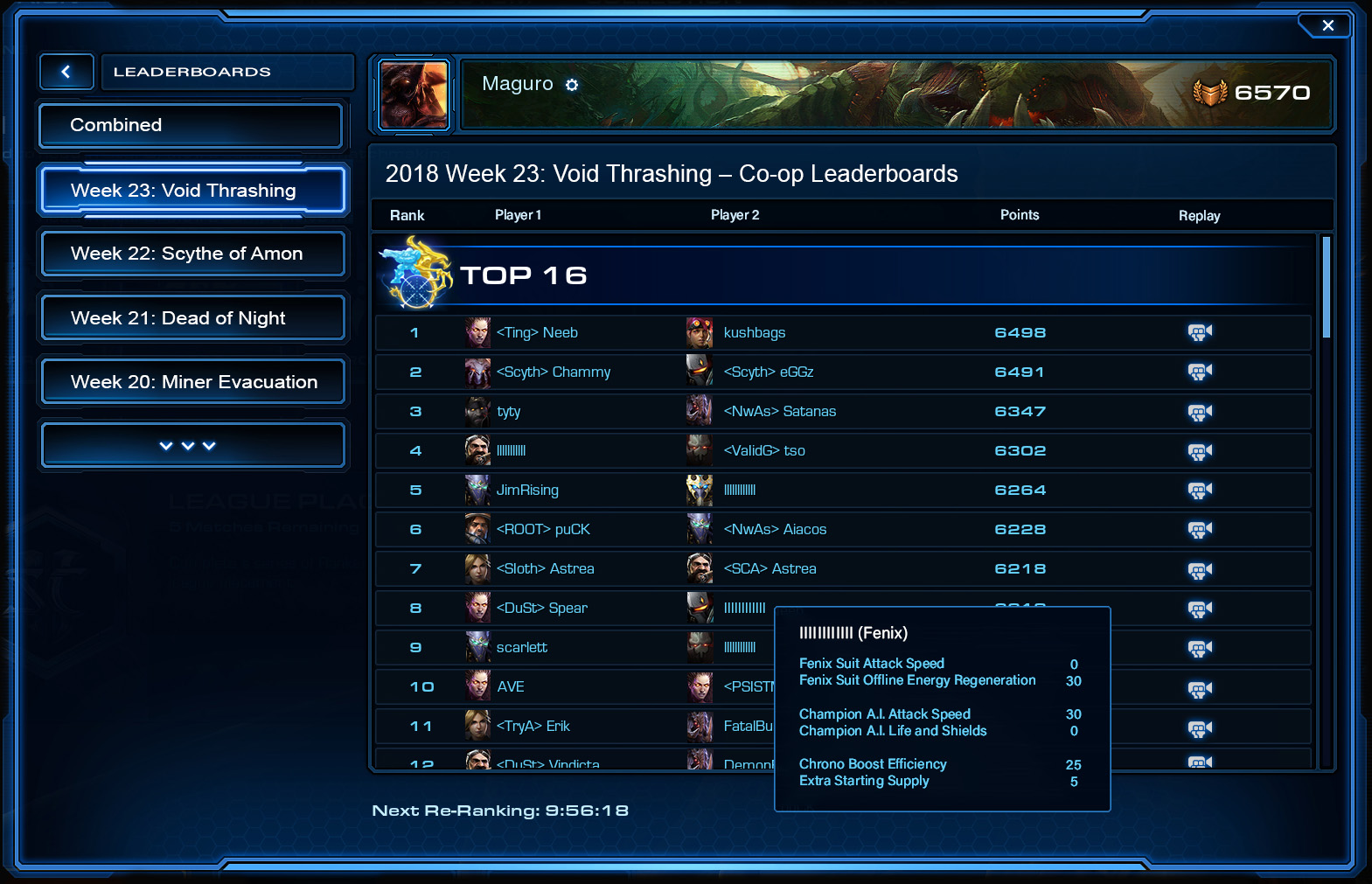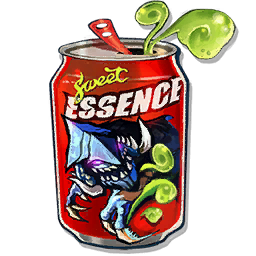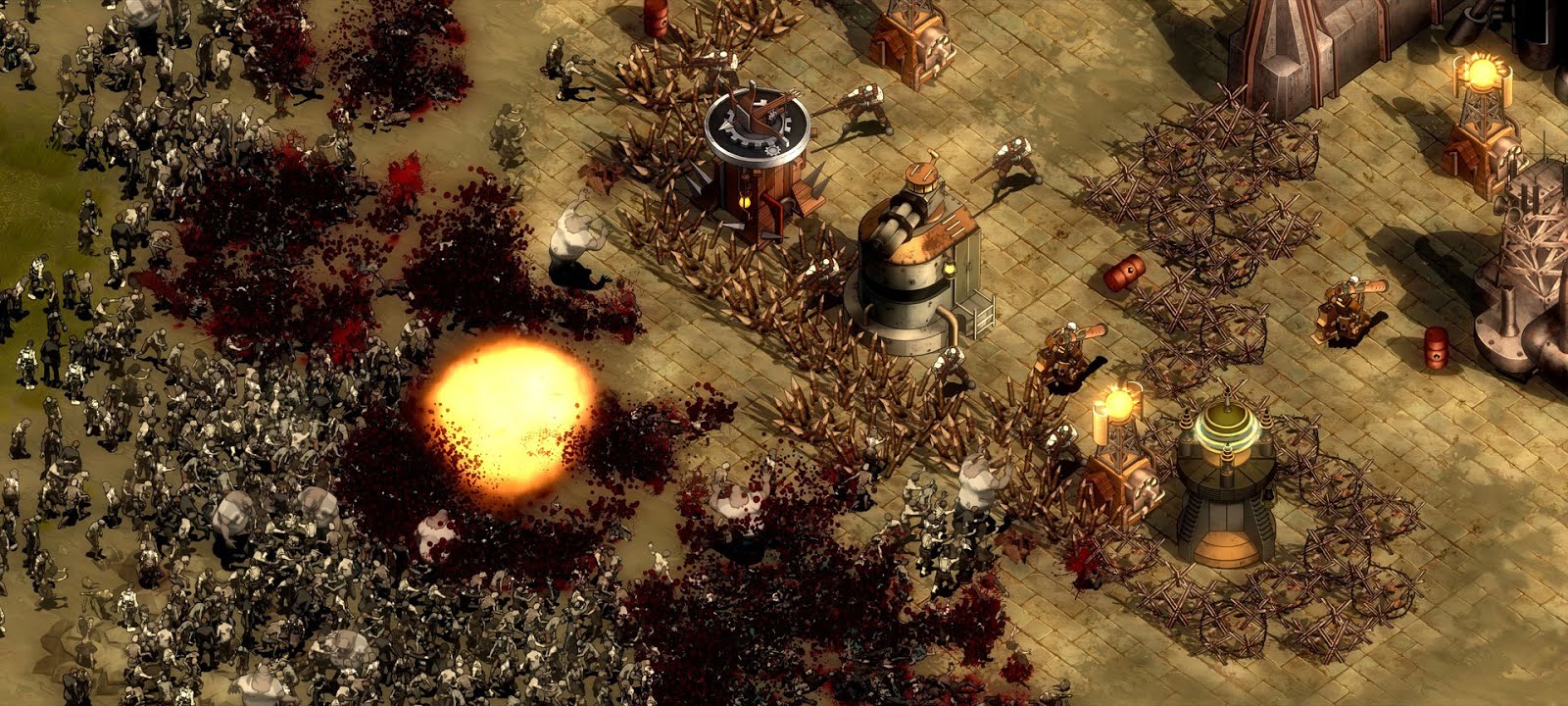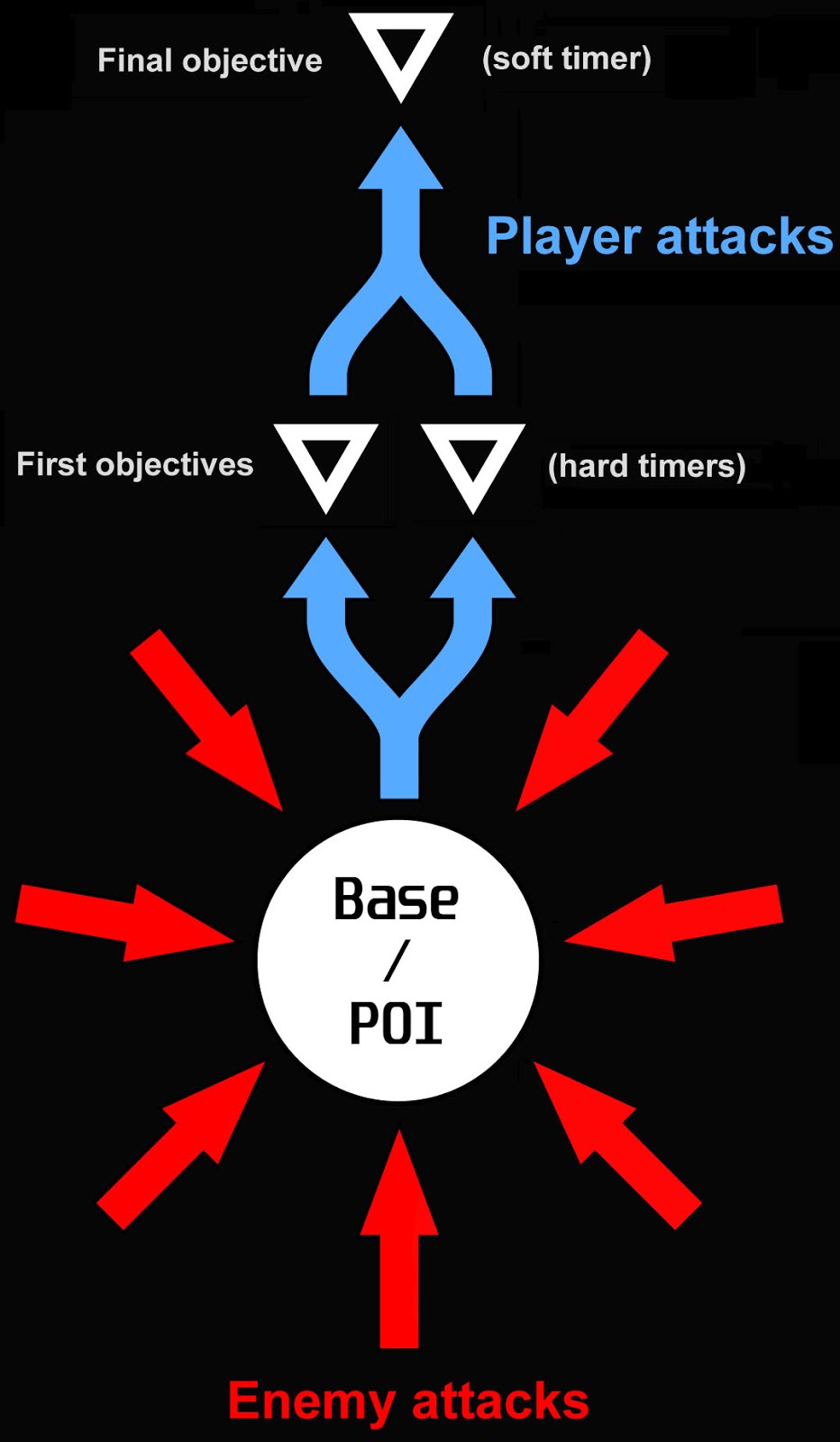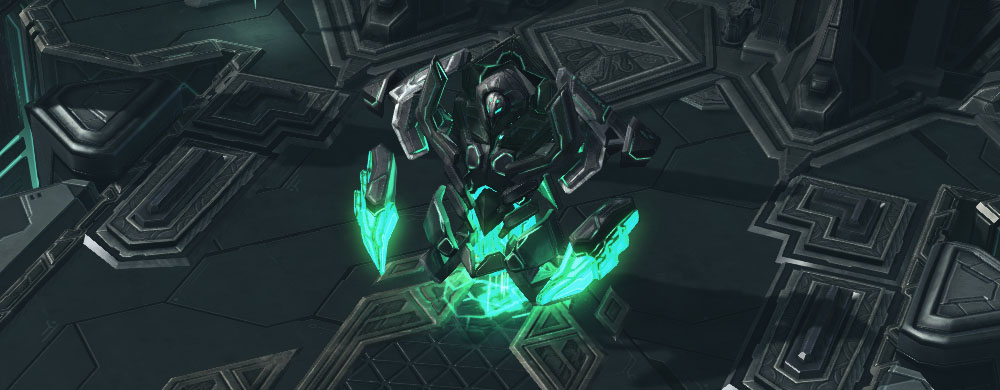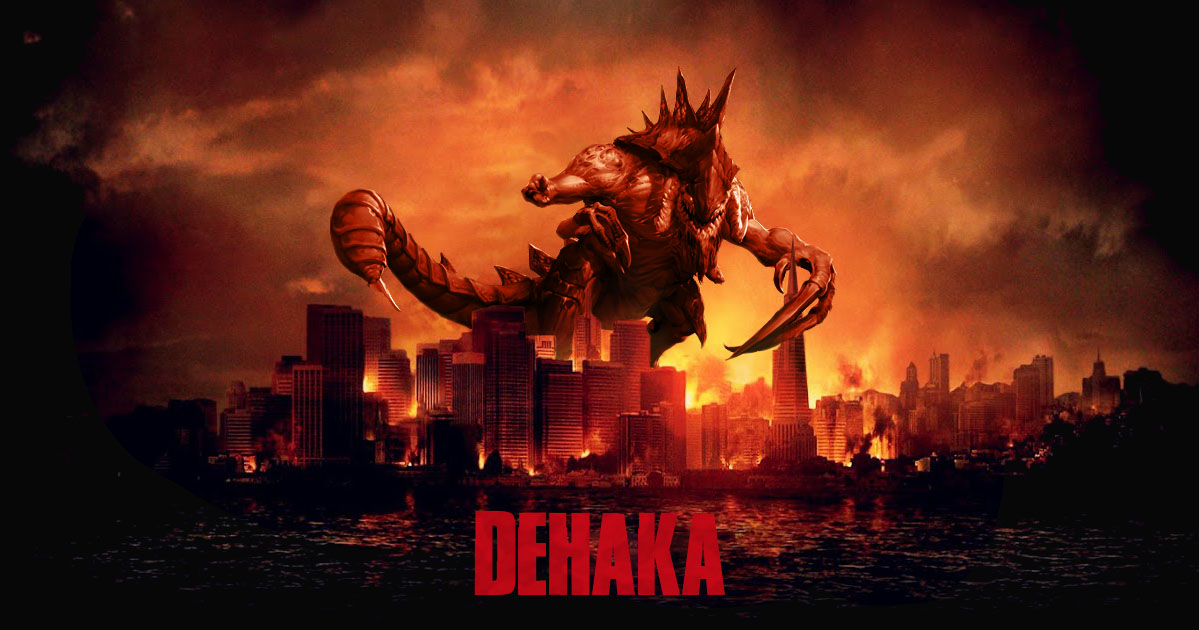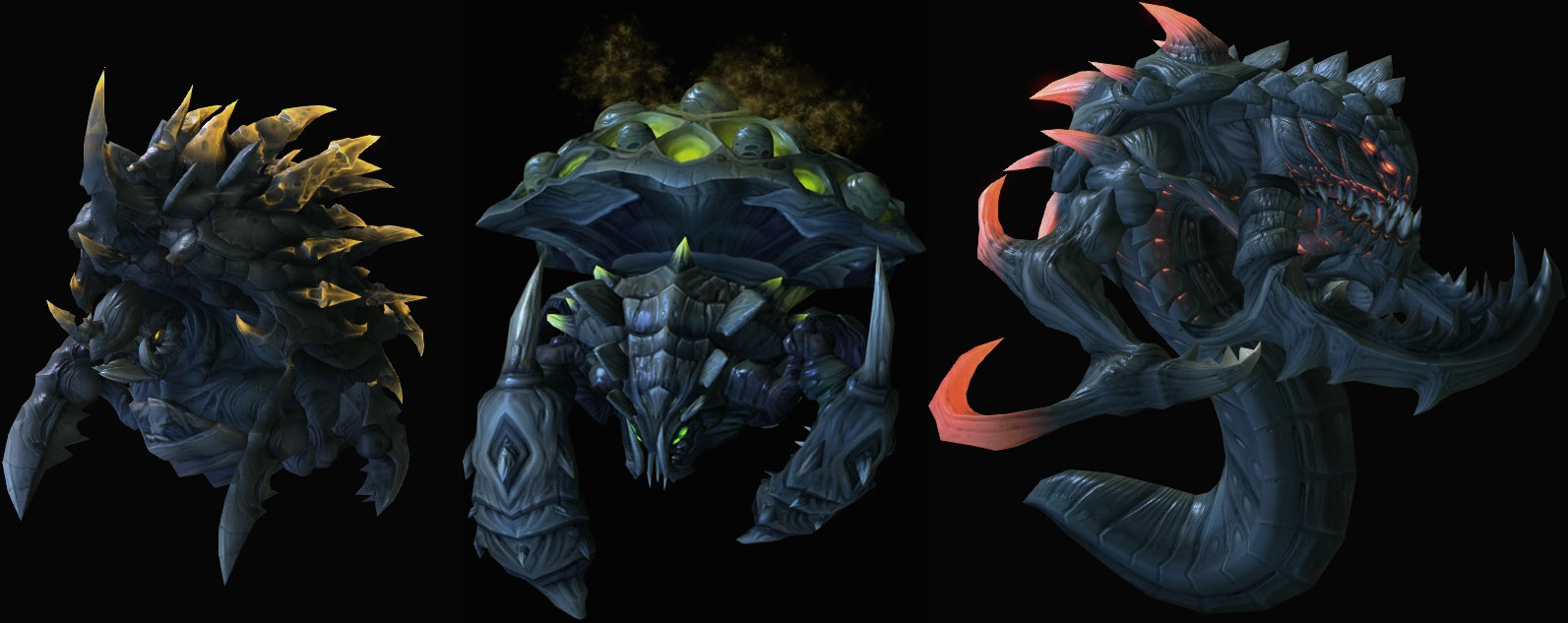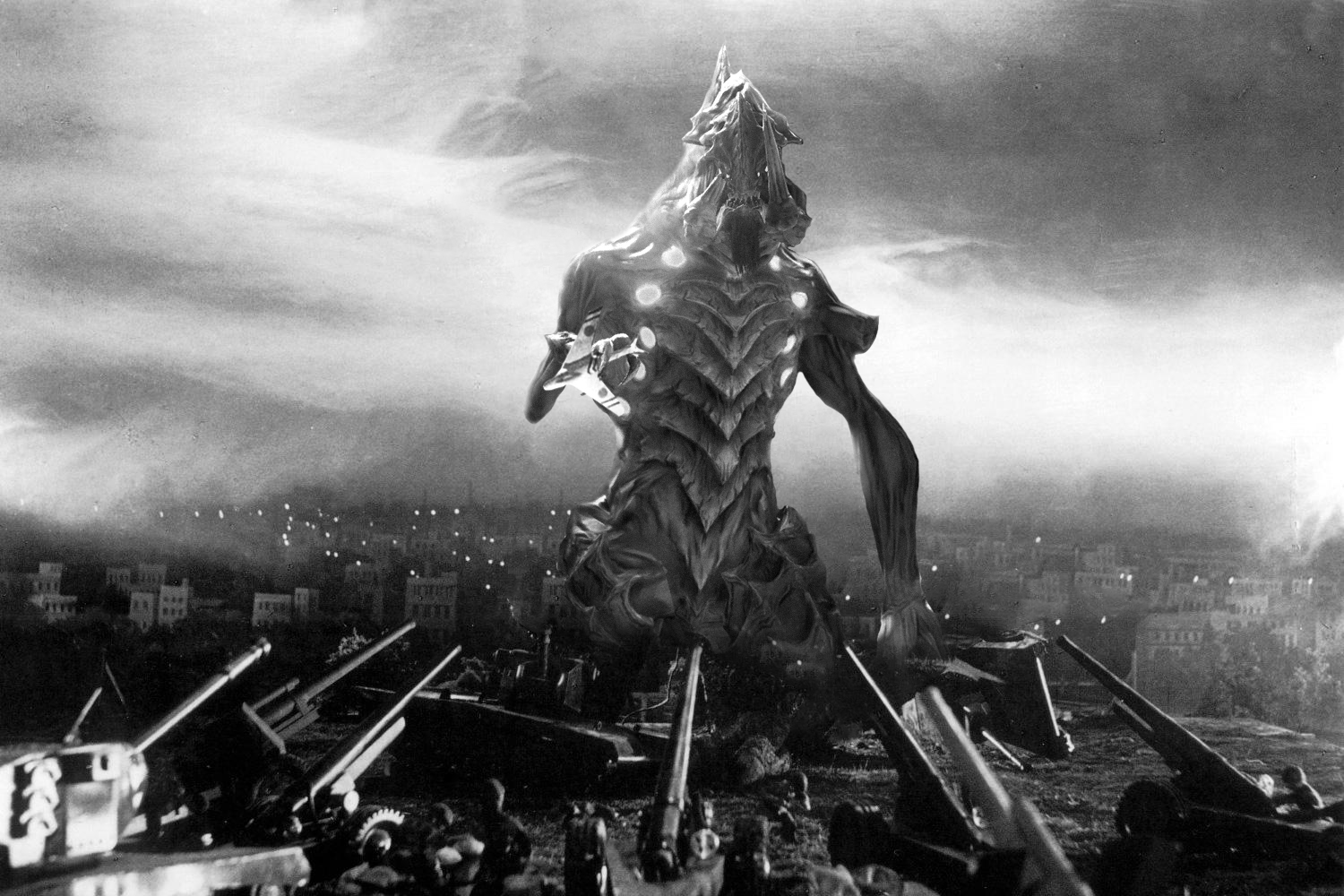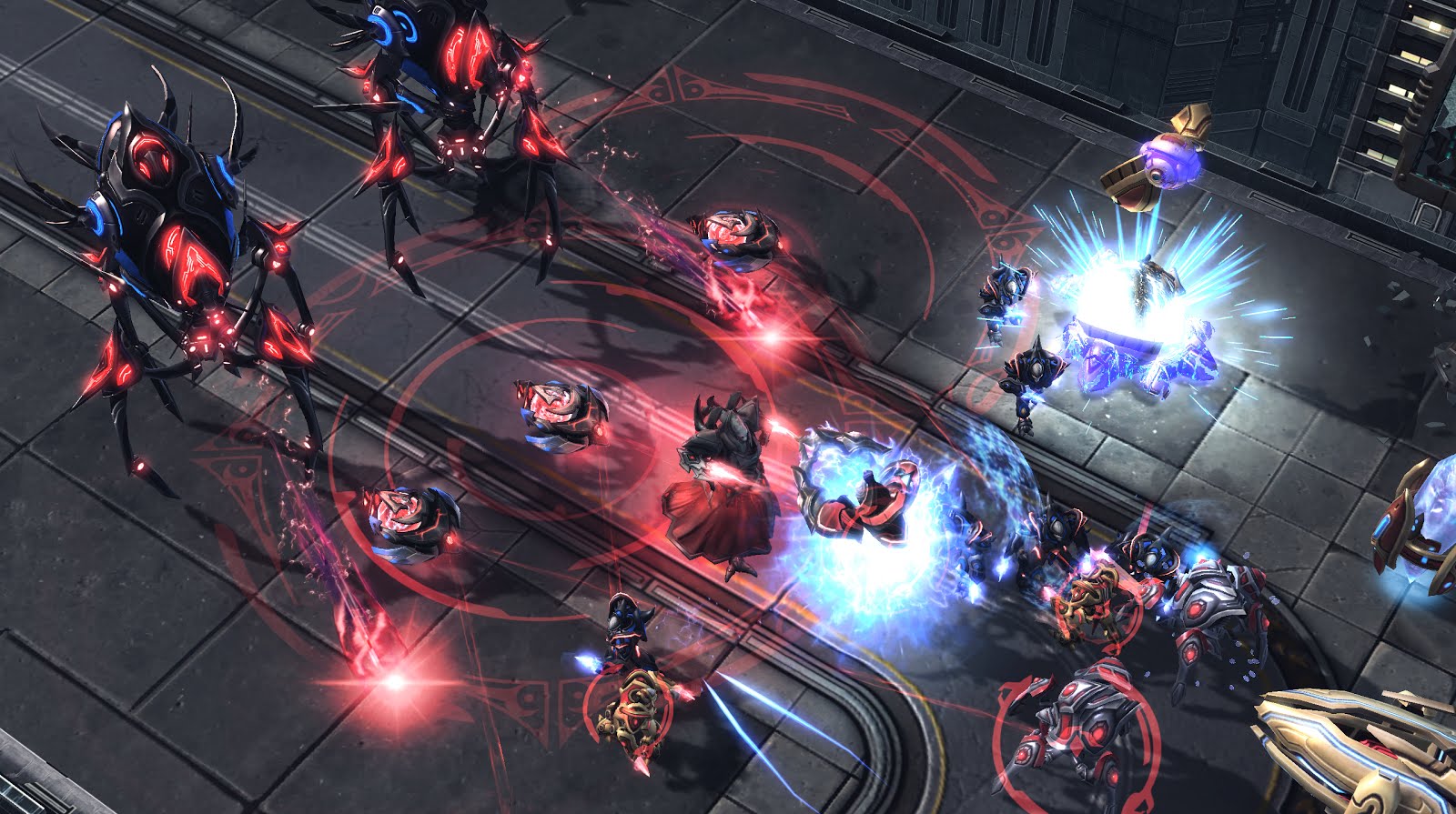The focus of this post are skill curves—what they are; how some of them might look; and how they can help with defining skill floor and skill ceiling. After that we can look at the connection between skill curves and the flow channel. All this might give us a better idea what's the issue with Co-op difficulties and why some players call Zeratul overpowered.
Skill curves
I will define a skill curve as a curve representing power (or effectiveness) as function of "skills". In this context skills will mean a combination of mechanical skills, knowledge, progression and effort.
Skill curves are useful for visualization and explaining ideas. I won't define Skills or Power in Co-op setting. But even if I did, commanders will benefit differently from different types of skill. Skill curves are a simplification but a useful one.
I also have to note that I don't have actual data for StarCraft Co-op. So don't try to read too much into those diagrams. If you want to see some real data, Riot's Greg Street showed in his GDC talk[1] how they visualize champion winrates as a function of player skill or as a function of the number of games played with each champion (~28:40).
We could see skill curves as a subclass of learning curves. Learning curves will frequently use time on x-axis, and so I felt it's necessary to separate them. In a game like StarCraft, increased number of games played without deliberate practice will often lead to only a minimal improvement. The relation between learning curves and Co-op is better described in my older post about Progression and Strategies.
(Note: Skill curves can be different between
normal gameplay, speedrunning and various mutations. Here the focus is
on normal gameplay.)

(Note: As has been pointed out to me, slopes of
curves should be more different from each other. Raynor
scales better with skill, meaning his curve should be
significantly steeper than Zagara's. )
Here we have skill curves for Zagara and Raynor. Raynor has relatively high skill floor—meaning you need higher skill to play him at the very basic level. This corresponds on the diagram with Raynor's skill curve intersecting the line of minimal effectiveness more to the right than Zagara's skill curve. In Co-op, we can think of this minimal effectiveness as being able to beat casual difficulty. It's relatively easy for Zagara, and so she has a low skill floor. Having low skill floor in any game is a good thing as more players can enjoy the game, and it's easier to start playing.
| skill floor – | the minimum amount of “skill” required to achieve minimal effectiveness |
(Note: Sometimes a skill floor is defined the
other way around, but this is more commonly used definition.)
| skill ceiling – | the amount of “skill” beyond which power increases only negligibly |
Now, if we add Zeratul's skill curve, it might look something like the diagram below. Zeratul starts very strong and has a low skill floor. This is thanks to all his units performing at least decently, limited macro and minimal unit control necessary. He scales better with skill than Zagara (his skill curve is above hers), and at higher skill ranges he falls inline with other commanders.
I marked a high skill ceiling for Zeratul in the diagram, but I can only speculate about its exact position between Zagara's and Raynor's skill ceilings.

Flow channel
"Flow state" is a type of focused state of mind that accurately describes the experience of playing a game like StarCraft. There are few key components necessary for a player to stay in this flow state[2]:
- Clear goals
- No distractions
- Direct feedback
- Continuous challenge
The last key component will be interesting for us. It can be described as staying in a "flow channel" – a space of challenges that are not too hard or too easy.

| Flow channel – | narrow margin of challenge that lies between boredom and frustration |
All diagrams we have seen so far are similar. They all have Skills on
x-axis, while Power and Challenges on
y-axis are closely related. Let's combine diagrams.
In Co-op, we have 4 difficulties (or challenges) players can choose from. These difficulty options can mostly keep players in the flow channel between anxiety and boredom. However, we can see the issue with Brutal difficulty. It tries to cover too wide range of skills. Even though commander skill curves start to plateau, the level of challenge Brutal difficulty provides will go deep into "boredom" territory as commanders' power scales well beyond provided challenge.
Additional difficulty could cover those high skill ranges, but it would also make matchmaking harder. Alternatively, trying to spread difficulties to cover wider skill ranges would mean that gaps between difficulties would widen, and players could stray into anxiety or boredom regions in those gaps. Brutal mutations cover high skill ranges, but they are not a complete solution in their current form of custom and weekly mutations.
This last diagram also lets us see better the reason for concerns about Zeratul. While he is not overpowered at high skill ranges, his minimal skill (and with that minimal effort) required to play on Brutal difficulty is possibly lower than for other commanders.
main points
- Skill floor is the minimum amount of “skill” required to achieve minimal effectiveness
- Skill ceiling is the amount of “skill” beyond which power increases only negligibly
- In this context skill means a combination of mechanical skills, knowledge, progression and effort
- Low skill floor and high skill ceiling are generally good as they make the game interesting for the widest range of players
- Commanders have different skill curves making them strong at different skill ranges
- Difficulties should keep players in the flow channel if possible
Interesting reading materials:










